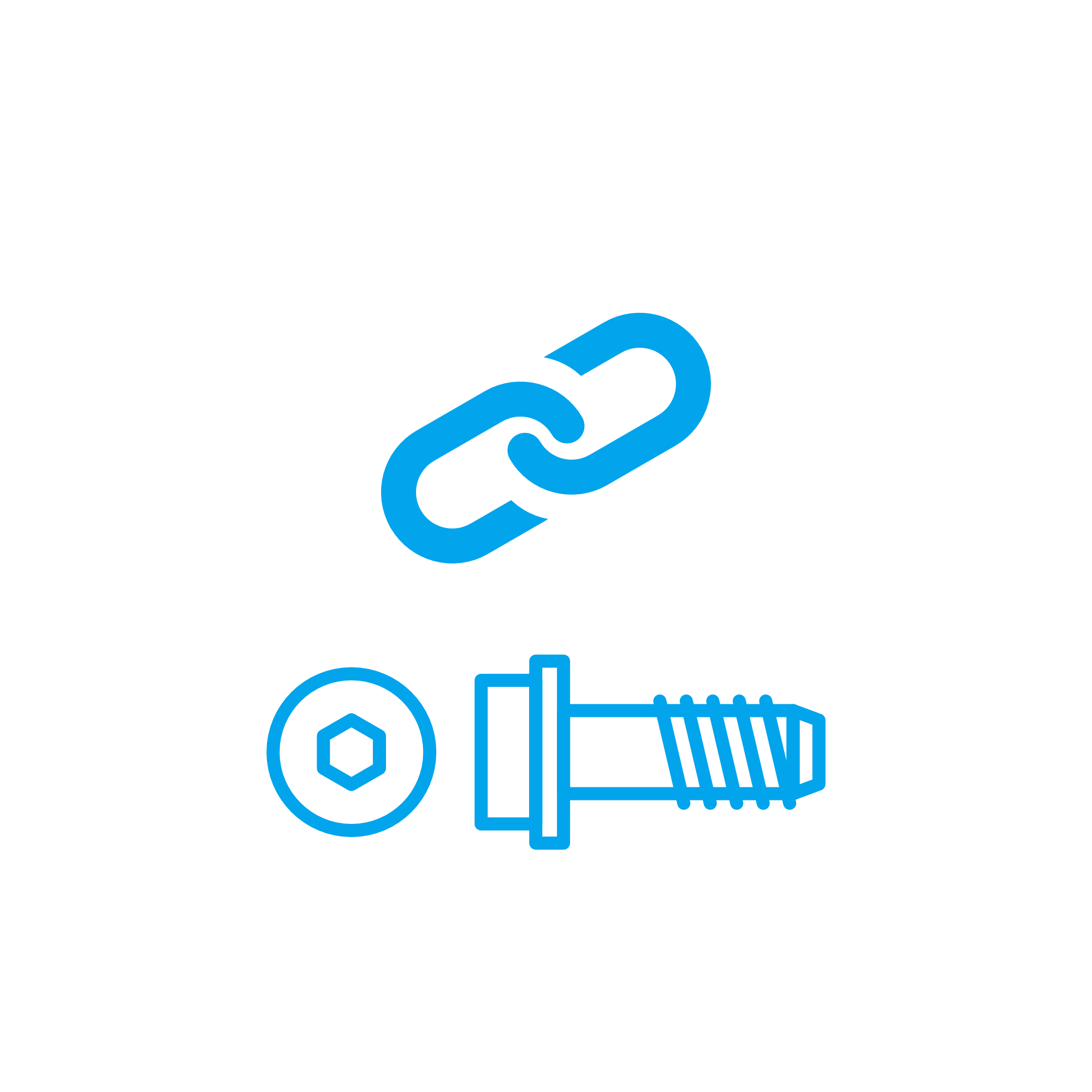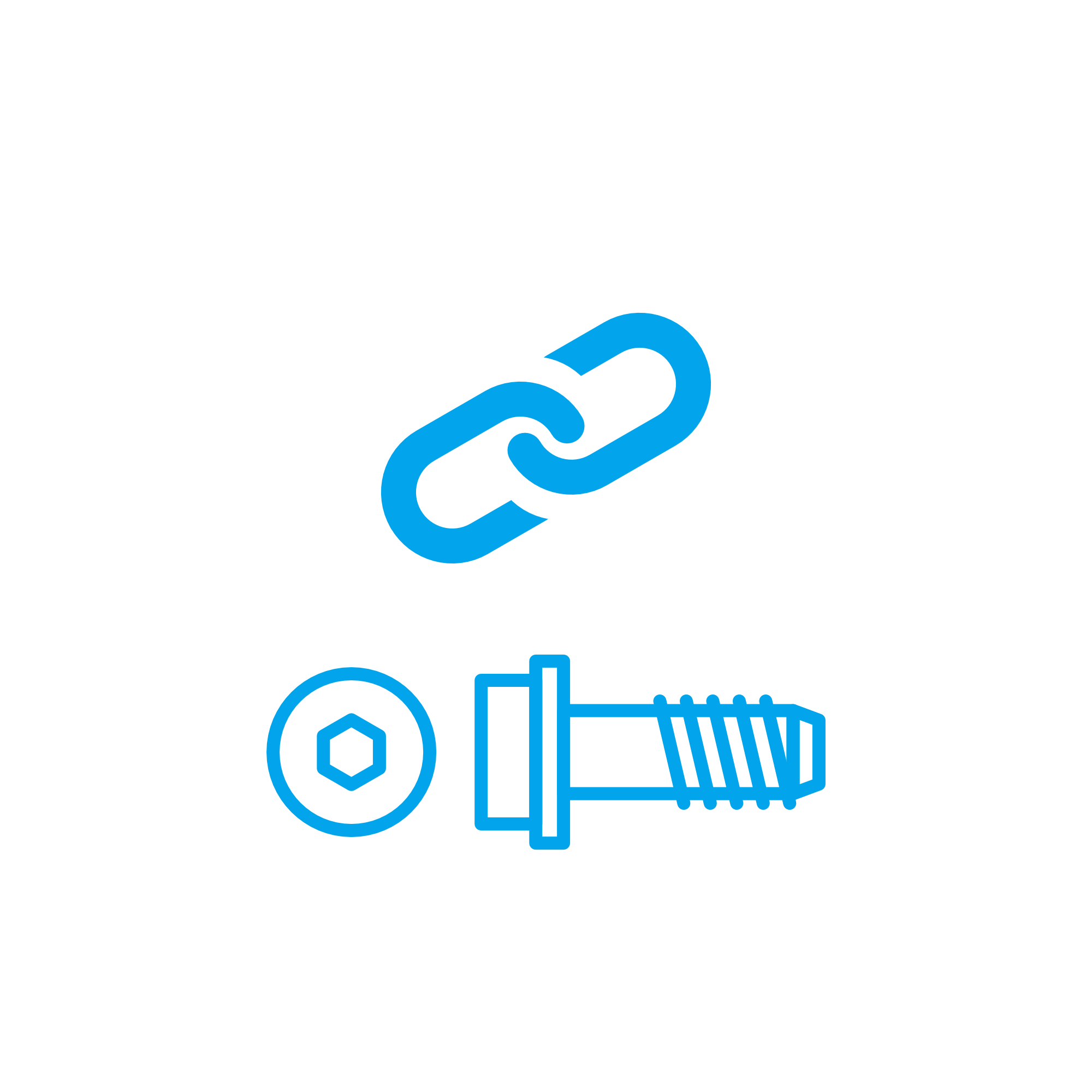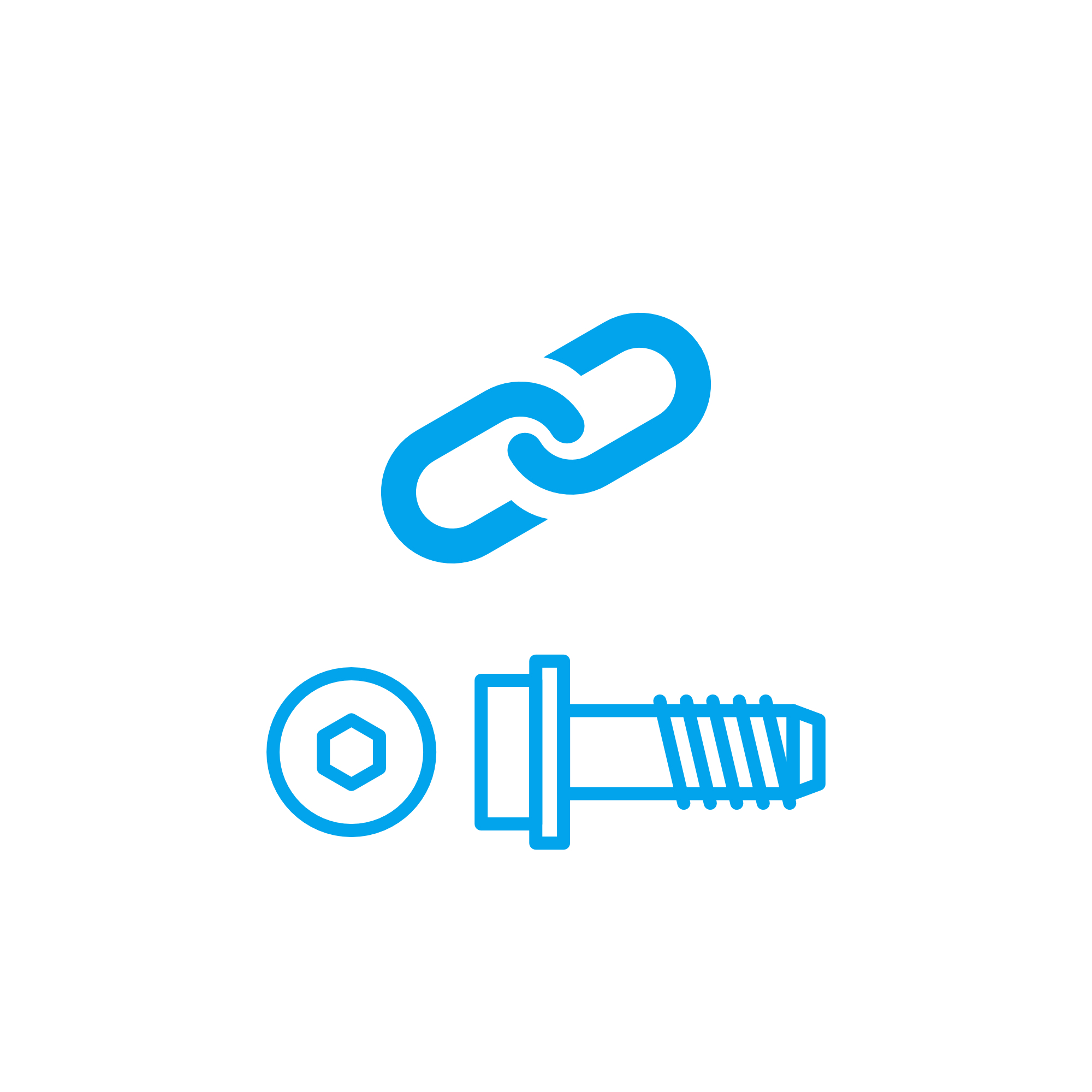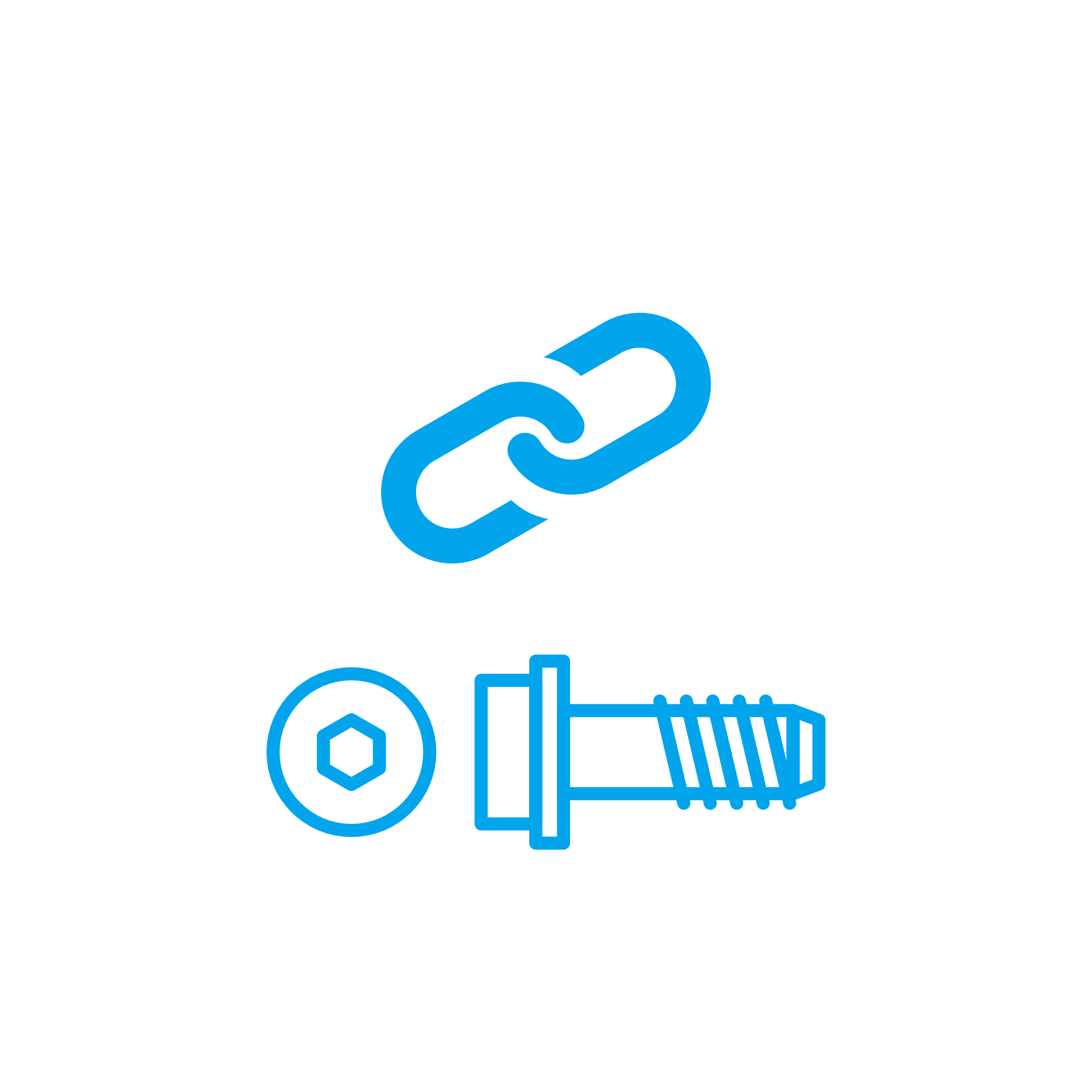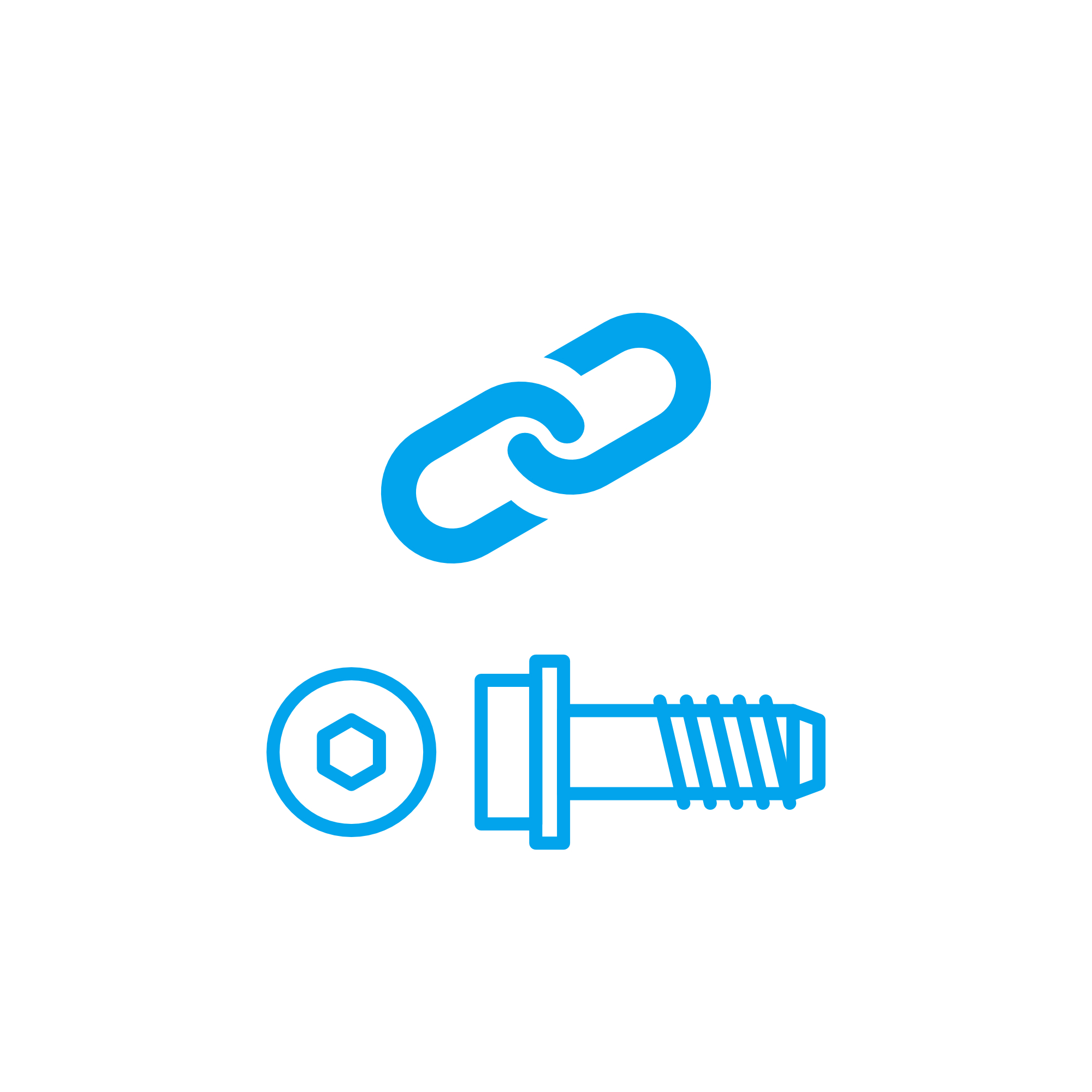COLLARED BUSHING connecting elements for high-performance engines
Connecting elements are the mechanical backbone of any engine assembly. They clamp, locate, guide, and protect critical interfaces across blocks, heads, gear trains, turbocharger brackets, pumps, and auxiliary systems. Within this category, the COLLARED BUSHING is a precision alignment and bearing component that stabilizes shafts, pins, and links under thermal, vibrational, and cyclic loads. In marine and power-generation environments, well-engineered connecting elements turn raw component strength into reliable system performance.
From bolts, studs, nuts, washers, and dowels to sleeves and bushings, connecting elements determine how accurately parts meet and how long they stay that way. A correctly specified COLLARED BUSHING spreads loads over a defined thrust face, prevents axial migration of pins, preserves concentricity, and provides a controlled bearing surface—functions that directly impact efficiency and service life in a diesel engine or gas engine installation.
Technical function of connecting elements and COLLARED BUSHING in a diesel engine and marine engine
In an engine, connecting elements do three jobs simultaneously: maintain preload, control position, and manage friction. Bolted joints lock housings and covers with calibrated clamp force; dowels carry shear and guarantee reassembly accuracy; bushings and sleeves deliver low-friction, wear-resistant guidance. A COLLARED BUSHING (flanged bushing) adds a defined collar shoulder that acts as a thrust surface, keeping the bushing from walking through its bore and distributing axial loads into the housing. This makes it indispensable in rocker-arm pivots, governor linkages, fuel pump drives, idler gear carriers, and auxiliary brackets on both marine engine and diesel engine platforms.
Functionally, the bushing body provides a precision internal diameter for the mating pin or shaft, with fits commonly engineered as interference in the housing and a sliding or running fit on the pin to control clearance under operating temperature. Materials range from tin-bronze and lead-free bearing alloys to steel-backed PTFE-lined composites; collar faces may be ground or lapped to ensure flatness. Surface finishes in the 0.2–0.8 μm Ra range and case-hardened or nitrided pins reduce friction and mitigate scuffing. Lubrication is application-specific: some COLLARED BUSHING OEM parts are oil-fed via drillings; others run dry using solid lubricant layers. Correct collar geometry prevents side-loading damage to housings and keeps the pin axially located despite vibration, shock, and thermal expansion.
How the COLLARED BUSHING contributes to performance, efficiency, and safety
Performance gains come from stable alignment and predictable friction. With tight dimensional tolerances and a controlled clearance, the COLLARED BUSHING for marine engine assemblies minimizes energy losses in valvetrain and accessory drives. Efficiency improves because less parasitic drag converts into heat; the oil film stays intact, and wear metals in the lubricant remain low. Safety benefits follow from reduced play and backlash in control linkages, accurate timing in gear trains, and secure axial location that resists vibration-induced migration—key for engines operating under dynamic sea states or variable loads.
- · Precise alignment of shafts and pins
- · Collar prevents axial movement
- · Even load distribution into the housing
- · Defined running clearance for stable lubrication
- · Materials engineered for wear and corrosion resistance
- · Reduced vibration, noise, and backlash
- · Faster, repeatable maintenance and reassembly
Why connecting elements are critical for reliable engine operation
Reliability in engines is cumulative and begins at every joint. If a connecting element fails to hold alignment or preload, mating surfaces fret, gaskets extrude, and shafts run off-center. A worn or poorly fitted COLLARED BUSHING diesel engine application allows pins to hammer the bore, leading to ovality, heat buildup, and progressive loss of clearance control. Consequences include rising vibration, valve timing errors, pump inefficiency, elevated fuel consumption, and—in the worst case—seizure or fracture. Over time, fretting corrosion around misaligned bores accelerates crack initiation, increasing the risk of unplanned shutdowns and costly drydock or outage events.
Conversely, correctly specified connecting elements stabilize load paths, preserve surface integrity, and protect adjacent components. They make overhauls more predictable and keep critical clearances within spec across the full service interval, even under high thermal gradients and salt-laden atmospheres common to marine service.
Advantages of OEM spare parts suitable for connecting elements and COLLARED BUSHING
Choosing OEM spare parts suitable for connecting elements ensures dimensional fidelity, material consistency, and validated performance characteristics. For a COLLARED BUSHING, that means the collar height, chamfers, oil groove geometry, wall thickness, and bearing layer composition match the engine maker’s design intent. The result is reliable clearance control, stable lubrication regimes, and predictable wear-in behavior.
Procurement and lifecycle advantages include tight tolerances that deliver repeatable preload and fit, coatings and heat treatments that meet corrosion and fatigue targets, and documentation that supports compliance with class requirements and maintenance records. The net impact is higher uptime, lower fuel and lube penalties, and fewer collateral damages to housings or pins during long running hours.
- · Performance: Correct fits and materials keep friction and temperatures low.
- · Reliability: Proven load ratings and collar geometry prevent migration and fretting.
- · Budget: Longer service life reduces unplanned downtime and rework costs.
- · Service life: Wear surfaces and coatings sustain clearance over long intervals.
- · Consistency: Batch traceability and spec adherence aid standardized maintenance.
MOPA – your partner for OEM parts: connecting elements and COLLARED BUSHING
MOPA supplies OEM spare parts suitable for connecting elements, including the COLLARED BUSHING, with the speed and certainty demanded by diesel and gas engine operators. Purchasers and shipowners rely on MOPA for short lead times, rigorous quality control, and secure global logistics. From order to shipment, you get transparent documentation, precise picking, and packaging that protects precision surfaces and collars from transport damage.
Whether you operate a coastal fleet, a deep-sea vessel, or a land-based power plant, MOPA’s expertise in engine-specific OEM parts means you receive the right connecting element, in the right specification, at the right time—supporting safe, efficient, and compliant operations.
Conclusion on connecting elements and COLLARED BUSHING OEM parts
Connecting elements—especially the COLLARED BUSHING—are small components with outsized impact on engine stability, efficiency, and safety. Specifying OEM spare parts suitable for connecting elements preserves alignment, controls friction, and extends service intervals while protecting surrounding components.
Partnering with MOPA gives you rapid access to the correct OEM parts for diesel and gas engines, ensuring dependable performance throughout the engine’s lifecycle.



